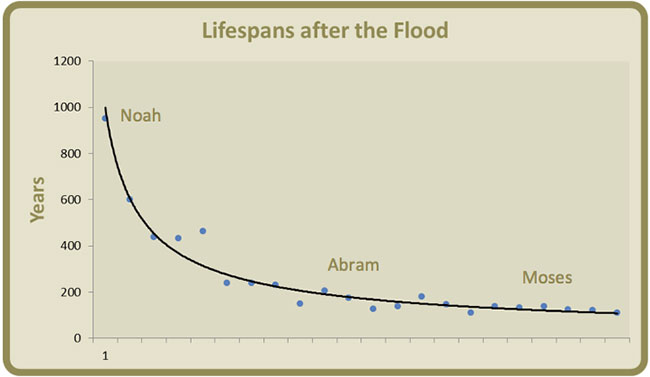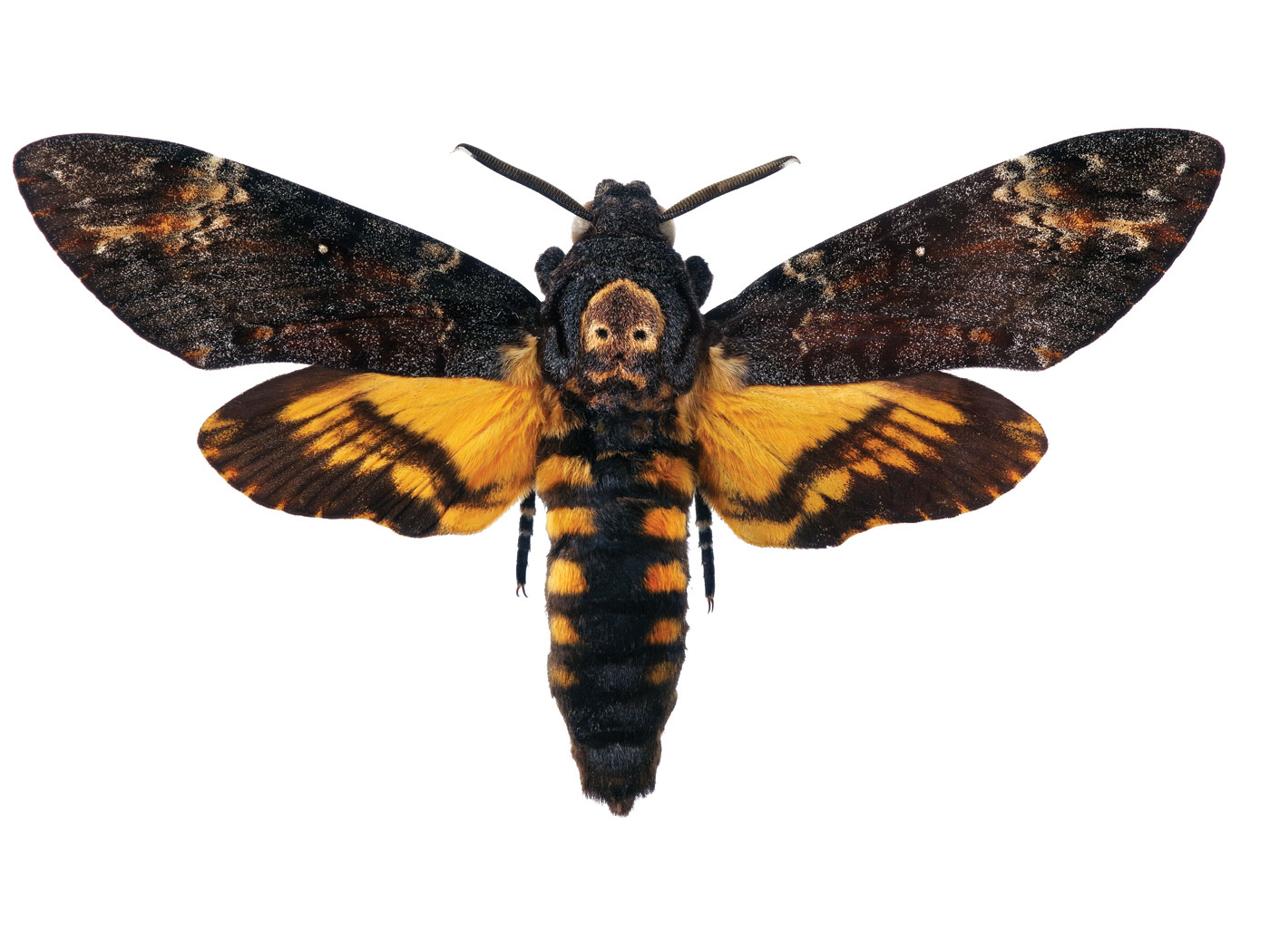Genesis 5:5 says Adam lived for 930 years. Judging by today’s standards, this sounds impossible. Many contemporary readers of Genesis balk at such numbers and some end up rejecting the whole Bible. But a few researchers have found reasons to believe it.
Plant geneticist Dr. John Sanford and his colleagues plotted the ages of the biblical patriarchs listed in Genesis. The result shows a systematic drop-off in lifespans after 950-year-old Noah, “in a way that could never happen by chance,” according to an online post showing their results.1

The Genesis lifespans decline according to a well-defined decay curve that began immediately after the Flood.
The researchers’ post points out how the biological decay curve found in these biblical texts matches biological decay curves known from the science of mutation accumulation.1,2 As mutations add up after every generation, they constantly erode genetic information.
Did early mutations damage genes that once enabled human bodies to live for hundreds of years?
The authors of the post wrote, “The lifespan data indicates [sic] that the extreme longevity of the early Patriarchs was real, and that the rapid decline of longevity after the Flood was real.”
And if the patriarch’s lifespans were real, then the verses that record and refer to them accurately describe real history.
References
- Sanford, J., J. Pamplin, and C. Rupe. Genetic Entropy Recorded in the Bible? Encouragement for Believers – Science Update. Posted on logosra.org June 1, 2014, accessed June 26, 2014.
- Also see Sanford, J. 2008. Genetic Entropy. Waterloo, NY: FMS Publications, 155.
* Mr. Thomas is Science Writer at the Institute for Creation Research.
Article posted on July 14, 2014.























